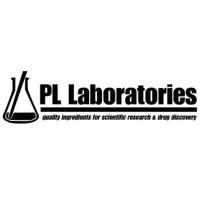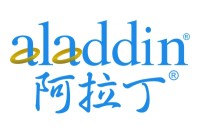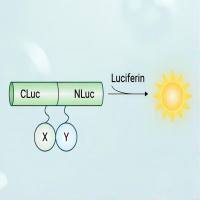Imaging and Characterization of Radioligands for Positron Emission Tomography Using Quantitative Phosphor Imaging Autoradiography
互联网
817
Quantification of radioligand binding by exposing labeled tissue sections to phosphor screens in cassettes is similar to autoradiography using radiation sensitive film (1 ) (see Chapters 5 and 7 ). The major advantage of phosphor screens over film is the greatly increased sensitivity with exposure times reduced by at least one order of magnitude (2 ,3 ). This is essential for short-lived radionuclides—such as 18 F and 11 1C, with half-lives of 109.8 and 20.4 min, respectively—that are used to label peptide or drug ligands to image receptors noninvasively in vivo by positron emission tomography (PET) (see Chapter 11 ). Phosphor imaging can also considerably reduce exposure times for weak β-particle emitters such as 3 H from months to days (3 ). A second advantage is the increased linear dynamic range of five orders of magnitude (2 ,3 ). This increased dynamic range makes it less likely that screens will be saturated. This is important for PET radioligands in which, owing to the short half-life of the radionuclide, it is only possible to image once, whereas re-exposure is possible for isotopes with longer half-lives.









